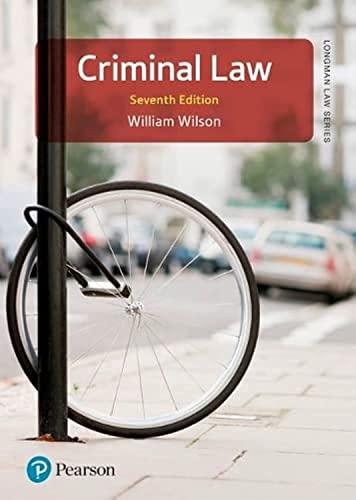Question
The web page titled How to Commute By Bicycle, All of a Sudden begins this way: There is a transit workers' strike in NYC today.
The web page titled "How to Commute By Bicycle, All of a Sudden" begins this way: "There is a transit workers' strike in NYC today. If you need to get somewhere, consider riding your bike. Even though it's 22 degrees right now (8:33 EST), this is not a crazy suggestion."[8]
When you need to preface a suggestion with the assurance that it's not crazy, you can be pretty sure that the situation is bad.
The New York City transit strike began on December 20, 2005, and ran three days. Representing the subway operators, bus drivers, and some related personnel, there was the Transport Workers Union, Local 100 (TWU). On the other side, representing the cityand the traveling, tax-paying publicthere was the Metropolitan Transit Authority (MTA). Wages and retirement age were the main issues. The MTA argued (correctly) that the transit workers' wages were much higher than the national norm, and their retirement age extremely low. The workers argued (correctly) that the job of driving in New York City was more stressful than in most other places. When negotiations failed, public transportation stopped a few days before Christmas, leaving millions of daily commuters stranded.
For some commuters, the bike became an option. In the abstractsitting in a warm room reading about itthe possibility doesn't sound so bad, get some good exercise and brisk fresh air on the way to work and back. There are real problems, though. The air can be dangerously cold and streets in winter are icy. It also needs to be remembered that the sun goes down early in December, so people biking home at night along the roadside are pedaling in the dark. Falls are common. Falls in front of oncoming cars are especially bad.
1. The "last resort argument" justifying a workers strike is activated when three conditions are met: (1) There must be a just cause; (2) there must be proper authorization; and (3) the strike must be a last resortthat is, attempts to find solutions must've been fully explored.
In this case, the transport workers national union actually ordered the local to go back to work. The national union, in other words, didn't authorize the strike, but the actual workers on the scene did. Does this count asproper authorization? In a union organization, who, ultimately, gets to decide whether a strike is appropriate, the organizing management selected to speak for the collective, or the individual workers on the ground? Explain.
2. A. What is the public safety argument against a union going out on strike? From the information provided, how could it be implemented in this case?
B. How would the public safety argument against the strike differ from the public welfare argument?
C. In general terms, is there public welfare argument that could be sketched infavorof the strike?
Step by Step Solution
There are 3 Steps involved in it
Step: 1

Get Instant Access to Expert-Tailored Solutions
See step-by-step solutions with expert insights and AI powered tools for academic success
Step: 2

Step: 3

Ace Your Homework with AI
Get the answers you need in no time with our AI-driven, step-by-step assistance
Get Started


